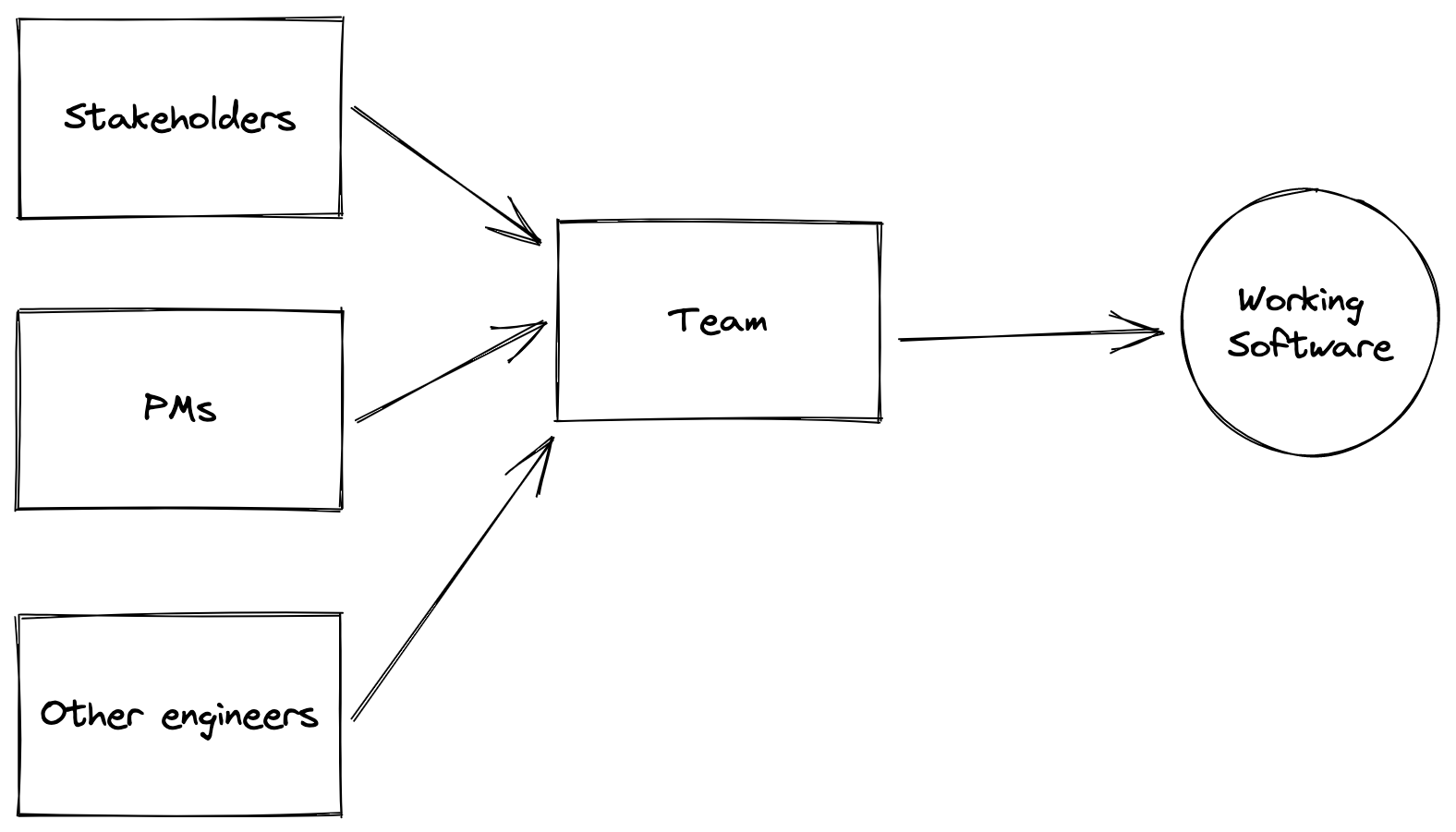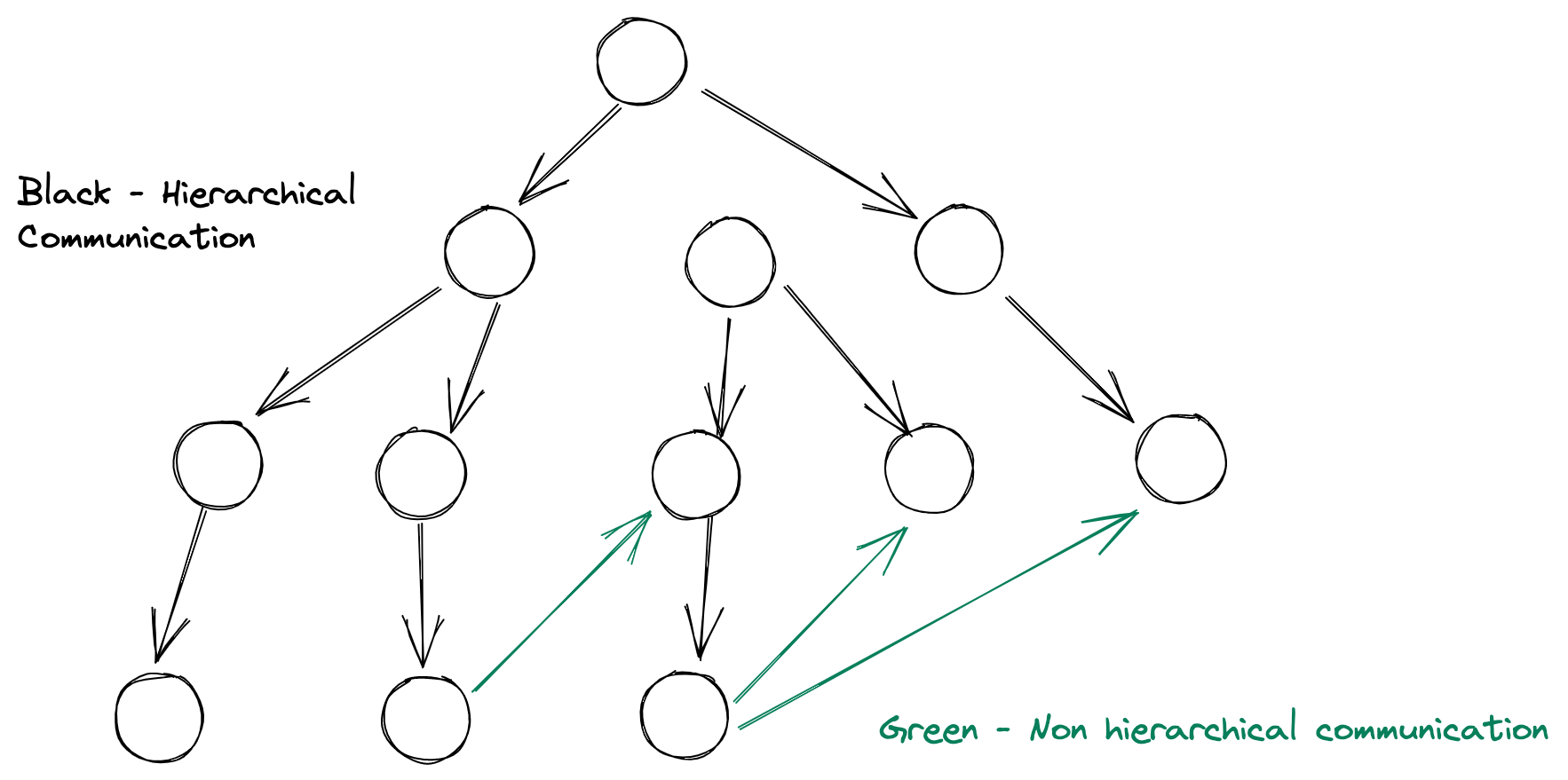We live in a complex world where information is abundant and contexts are a complex mess of variables. A startup is a complex environment where different actors interact. Engineers, designers, product managers, executives. Things change quickly, as most startups experience exponential growth (the successful ones, at least). But how do navigate through the madness of a fast-growing, ever-changing company? How do we take decisions to optimize our journey and avoid wasting resources?
In this article, I will cover learnings and techniques that can help you better understand and navigate this world. Those techniques are mainly based on mature companies like Netlifx and also the famous Management.30 book. We will focus mainly on software development teams, but some of these findings can be applied to other teams inside the company. What we will cover:
- Understanding the complexity and nature of development teams.
- The one thing essential you must provide to employees.
- Dealing with the complexity through understanding control.
- Applying learnings to other teams and contexts
Understanding the complexity and nature of development teams
A software development team is a knowledge producing self regulated and goal-oriented system. Software engineers learn from managers, stakeholders and other engineers about the problem domain and transform this in working software. This involves taking decisions and modeling the domain in the terms that the machine understand.

As the software grows, complexity comes in. No one individual can know everything about how the software works. Executives and managers grow apart from the product and the code. Engineers scattered in different teams. The business domain grows as the company tries to serve more different clients. The company and the individuals have to adapt to this increased complexity. Management cannot control how things evolve. Companies that try to compensate and control everything, tend to make it slow and hard to change.
That’s when we come to the self regulated part of the team definition. Teams adapt and evolve without the need of external controls. This is not only desired, but it’s a consequence of increased complexity, as more and more decisions are left in the limbo of meetings and committees. If teams have no autonomy, the organization tends to slow down as problems persist until management address them. Giving the team autonomy allows them to solve problems at the level where they are experiencing.
As the team changes and evolves, we can’t guarantee that the changes come to the benefit of not only the individual but the company as a whole. This is one of the reasons why some managers don’t allow teams to have autonomy.
That’s when the goal-oriented part comes in. The goal of the team act as an external (or internal) constrain. That’s why we need to be cautious about defining goals, teams will optimize for what you measure. Every work needs to be related to the goal of the company, or else we risk not moving the needle.
The one thing essential you must provide to employees
In self regulated systems, rather than energy and force, it is information communication, and purpose that are the most important factors. — Jurgen Appelo
All actors in the team must have the knowledge necessary to work. The more quality knowledge you can provide your team, the better will be their decisions and adaptability. This will determine the success of the company.
Increased communication between the team can also increase knowledge sharing. People need knowledge at hand to solve current challenges. As complexity increases, no one has the full picture. That’s why we require easy ways of communicating and sharing knowledge. Having a clear purpose and objective can guide people through the sea of decisions of an open-ended question that is the software development.
Initiatives like the transparency culture, preached by Netflix’s CEO in his recent book, demonstrate the power of having more communication and information. Having the autonomy to act on the knowledge, it’s a critical factor to teams to adapt and evolve to generate more value to the company.
Dealing with the complexity through understanding control.
In a fast-paced and complex environment as an IT company, we can’t have the expectation of controlling every aspect of it. Instead, we often see decisions being made by at different levels of the organization. This makes the organization more adaptable to an ever-changing world. At smart companies, the social network is more distributed and not like a hierarchical tree. Allowing connections to be made in different levels and subtrees can increase the connectivity of the network and information flow.

Delegation of control is a manager’s way of controlling complex systems. You push decisions and responsibilities down to a level where someone has more accurate information.
If you give employees more freedom instead of developing processes to prevent them from exercising their own judgment, they will make better decisions and it’s easier to hold them accountable. — Reed Hasting
Smart managers understand that they must try to make as few decisions as possible. For better overall control of a complex system, most of the decisions should be made in the subsystems.
The way of having the control at the top level is by setting constrains and goals. Constraints allow the management to guarantee certain high-level objectives are being met, without removing the autonomy of teams. Goals are the main motivator that teams act on and evolve through time.
When setting up constraints in an organization, one responsibility of a manager is the development of a self-organizing system. A manager must be careful to guarantee that the self-organizing system is going in the appropriate direction, without removing the ability to change.
Applying learnings to other teams and contexts
Most of the lessons that we discussed here are not limited to software development. Many areas of companies are becoming more technological. That’s mean that what really makes the difference is knowledge. The current bottleneck is not operational. The bottleneck is the mind of people working. Being a knowledge worker, you can deliver more value if you have more knowledge and deal better with the complexity of the work.
Recap
- Knowledge workers (and software development team) are self regulated goal-oriented system.
- Complexity increases as companies and product grows.
- To deal with the complexity, teams need three things: knowledge, autonomy and purpose.
- You can give knowledge to your team by providing context and creating structures of knowledge sharing: strengthening social networks, documentations, and meetings.
- You should give autonomy to teams and let decisions be made at the lowest level possible.
- Be mindful about setting your goals. They will be a massive influence on teams and should be the North Star of the company.
